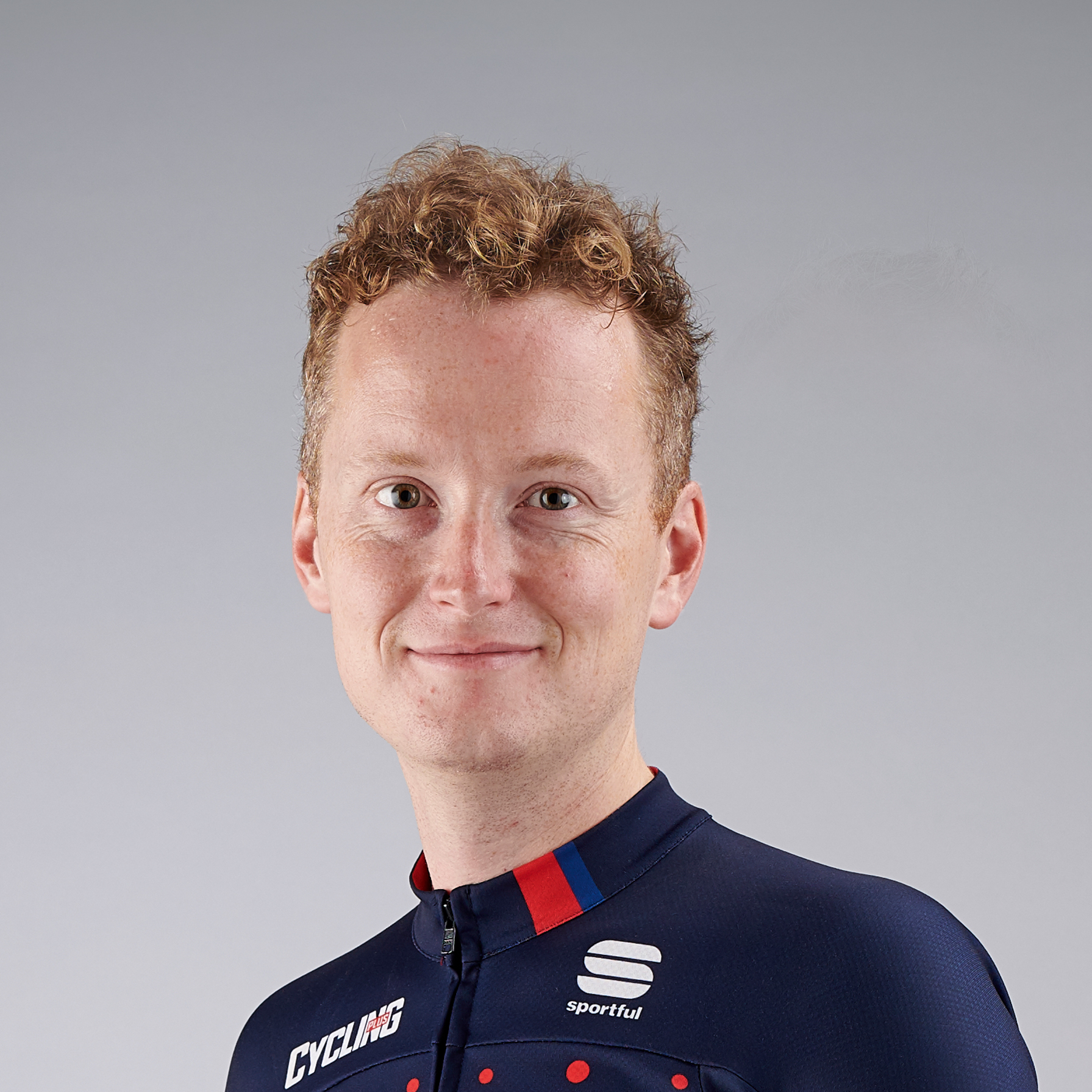Keirin racing is one of the newest disciplines in Olympic track cycling, having made its debut in Sydney in 2000. But its origins can be traced back to 1948 and Japan, where it became popular as a betting sport.
For his short film Keirin: Speed Racers, photographer and filmmaker Jonathan De Villiers travelled to the national keirin school in Tokyo, and the Tachikawa and Yokkaichi velodromes, to delve deeper into this gladiatorial sport.
“I like anthropological-style documentaries that show you cultures you'd never normally experience,” Jonathan told BikeRadar. “This seemed to have great potential for that kind of treatment.” The contrast between Japanese keirin and its UCI and Olympic cousin was one aspect that interested him.
“With Japanese keirin, they allow pushing and shoving to a far greater degree than in the UCI version and this has the effect of making it less of a purely athletic competition and more of a tactical and strategic battle,” he said. “It also evens out the odds between the super-fast young guns and the wily (and often very tough) older riders. There are plenty of racers that are still competitive in their 40s or even 50s.”
“They do a lot of strength work, a lot of roller work and they also practice leaning into each other and 'fighting' on the track,” he added. “They always do incredible, explosive sprints on the rollers with phenomenal leg speed – 90km/h is absolutely standard!”
As one rider explains in the video, Keirin is essentially an outlet for gambling and one of the only ways to do so in Japan. If the strongest rider were to win every time, the gambling incentive would be taken away. This creates incredibly complex patterns of collaboration and competition between riders across Japan.
“The official line is that gambling is illegal, but with a few exceptions. This is probably the major reason for its popularity,” he said. “There are no teams and ultimately it's every man for himself, but riders who were in the same year at the national keirin school, or from the same region, will co-operate and form 'lines' in a particular race yet in the next one their allegiances will shift depending upon the new situation.”
